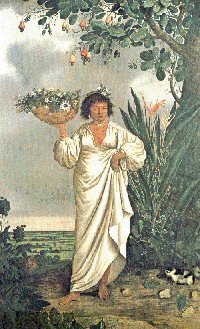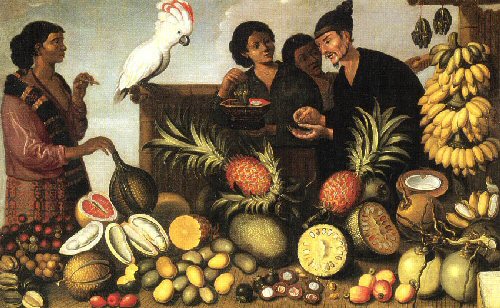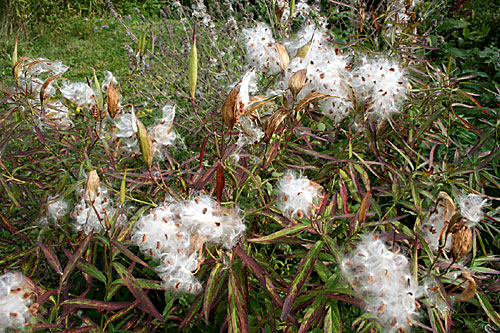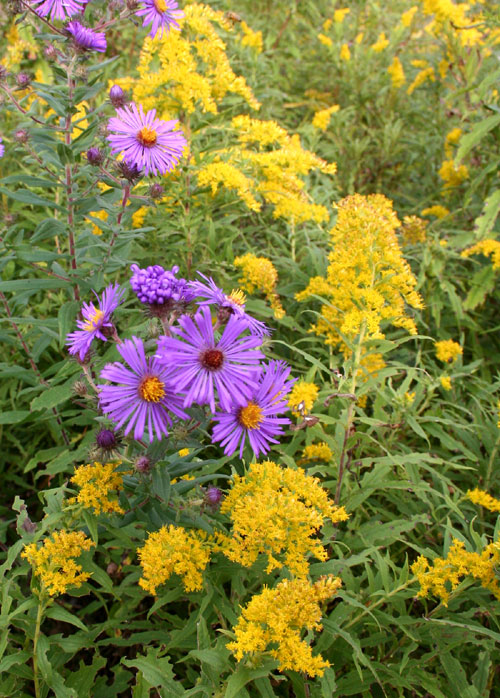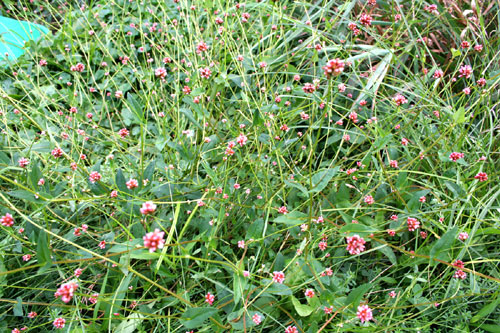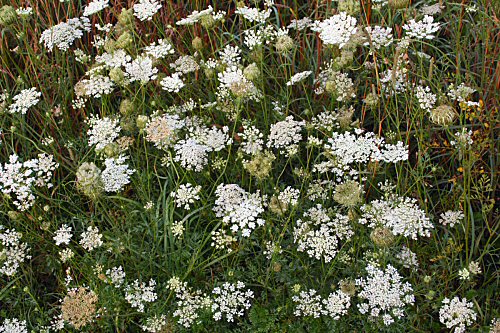This post has been brewing for awhile. I started it last weekend. But after Michele’s post Ah, The Taste of the Factory! over at Garden Rant yesterday, I knew it was time to roll up my sleeves and git ‘er done.
First, some definitions:
Snark, Corporal – Fictional character in Joseph Heller’s novel Catch-22. To prove that the soldiers had bad taste, he poisoned their sweet potatoes with soap chips, causing a diarrhea outbreak. Snark felt he proved himself correct because the men ate the soap and came back for seconds. [Paraphrased from Wikipedia.]
Snark – Sarcastic, snide, often humorous or ironic remark. Mostly found on political blogs.
Southern Culture on the Skids – Chapel Hill, N.C.-based rockability band. According to Wikipedia, their “music is generally very upbeat, as they usually write and perform songs about dancing, sex, and fried chicken.”
Don’t get me wrong. I’m a big fan of Michael Pollan and his simple, sage advice to eat food that your great grandmother would recognize. (Watch a webcast of Pollan and co-founder and CEO of Whole Foods, John Mackey in Berkely last week.)
While I’m no gourmet cook, I applauded Michele’s lament on the dumbing down of cookbooks and castigating Southern cooking queen Paula Dean for her reliance on cake mix and instant pudding.
But that’s small potatoes.
Check out the recipe page at the Southern Culture on the Skids website sometime. There are some real Southern classics (Buttermilk Biscuits and Fried Catfish). But most are celebrations of velveta and spam and other faux or fatty foods, including, assembly instructions for Bologna Cups, Tangwich (yeah, that’s what it is), and South Mississippi White Trash Drankin’ Food Stuff.
I’ve actually used only one of the recipes. I made the Elvis Party Mix for a ’50s-themed Christmas party:
ELVIS PARTY MIX
1 pound banana chips
1 box capt crunch peanut butter crunch
1 large wooden tiki carved salad serving ware (preferably wooden carved with tiki idols)
Pour 1 lb of banana chips into large serving bowl. Add 1 box peanut butter crunch. Stir with large salad serving fork and spoon. Serve (best eaten by hand). Optional: Add one pound of dried pineapple chips for a greater luau effect.
These recipes are snark. They’re so good because they are so bad.
But the snark has some foundation in fact. Another favorite site is James (hate his politic, love his website) Lileks’ Gallery of Regrettable Food. Lileks has scanned actual pages from actual mostly 50s-era cookbooks (my Mom had a couple of them) and makes snarky comments about just how unappetizing food is. Don’t miss Cooking with Dr. Pepper, Meat! Meat! Meat!, and the The Unbearable Sadness of Vegetables.
There’s also a good chapter on Jello. (Garden Salad #1 is a good example of the wretched images and snarky comments Lileks provides.) I’ve always wanted to be the fly on the wall at the meeting where the corporate food technologists, product development specialists and the marketing department decided to find away to sell the sweepings from the slaughterhouse floor as a light, fruity dessert.
Hey gang. This is our heritage. We have to leap-frog over the age of industrialization of our food supply until we get to something more sensible than what we’ve got now. It’s up to we gardeners, foodies, slow-food folks, local food system advocates and others to keep pushing the benefits of eating real food.
The trouble is, as Corporal Snark proved, as a society we’ve got really bad taste. We keep going back for more of the sweet potatoes and soap chips — with predictable results.
This actually started as my Sunday music post. So here it is, Southern Culture on the Skids doing Eight Piece Box. It’s a celebration of take-out chicken. Really.
You can eat some now, you can eat some later.
Warm it back up, with that big old french-fried tater.
Snackin’ all night, it’s all right all right.
I got an eight-piece box.
The quality of the YouTube below is marginal. Find a much better flash version at the Skids’ TV Room, or listen to this live bootleg mp3. Â Some full live SCOTS concerts here.



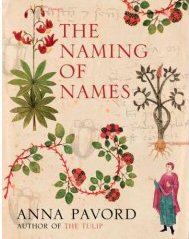 I’ll admit that I’m pretty ignorant when it comes to botanical history. When I took systematic botany back in the ’70s, it was all about the flowers. While no pro, I was pretty good at dissecting them, and with Gleason and Cronquist by my side, keying plants out to species.
I’ll admit that I’m pretty ignorant when it comes to botanical history. When I took systematic botany back in the ’70s, it was all about the flowers. While no pro, I was pretty good at dissecting them, and with Gleason and Cronquist by my side, keying plants out to species. 